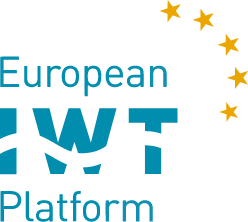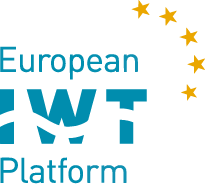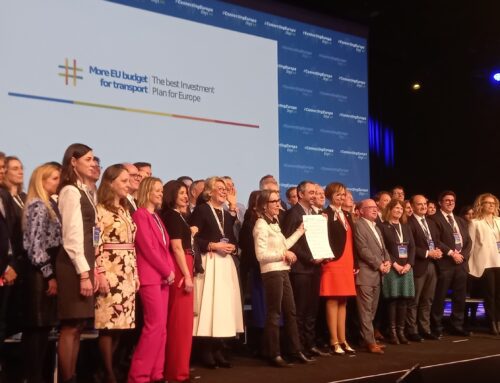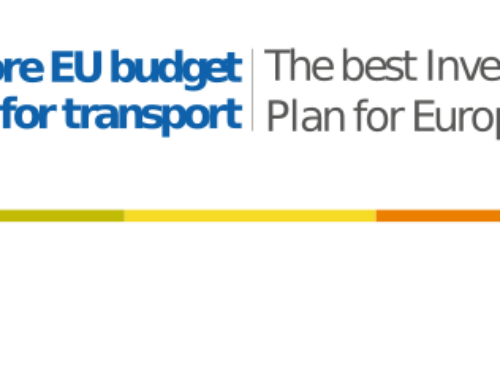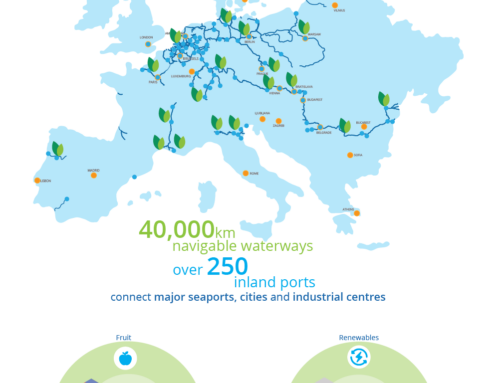For the EU project CLean INland SHipping, LANUV NRW has carried out intensive investigations on NOx emissions from shipping traffic and port operations on the North Rhine-Westphalian section of the Rhine. This article is the first in a series on the causes of air pollution at inland ports. It displays the relative contributions of the various emission groups to the measured air pollution as well as the unique effects of inland navigation on city air quality.
Their simulation studies have demonstrated that the impact of NOX emissions from port operations is primarily local. Although the Rhine’s traffic has a significant impact on the area along the river, it makes a negligible contribution to the city’s congested streets’ air pollution (and thus to the exceedances of the EU limit values).
Using the thorough emission inventory kept at LANUV and the novel techniques for calculating ship emissions, they were able to simulate air pollution. There is very strong agreement between these modelled values and the air pollution levels that were actually measured for CLINSH, according to a comparison of the two. They are pleased with this because it makes it easy for them to determine the modeling’s veracity. The accord is just slightly less satisfactory than they had hoped for straight at the Rhine. In this case, “fine-tuning” the technique for detecting ship emissions based on onshore observations is undoubtedly still beneficial.
To read a full article – CLICK HERE
